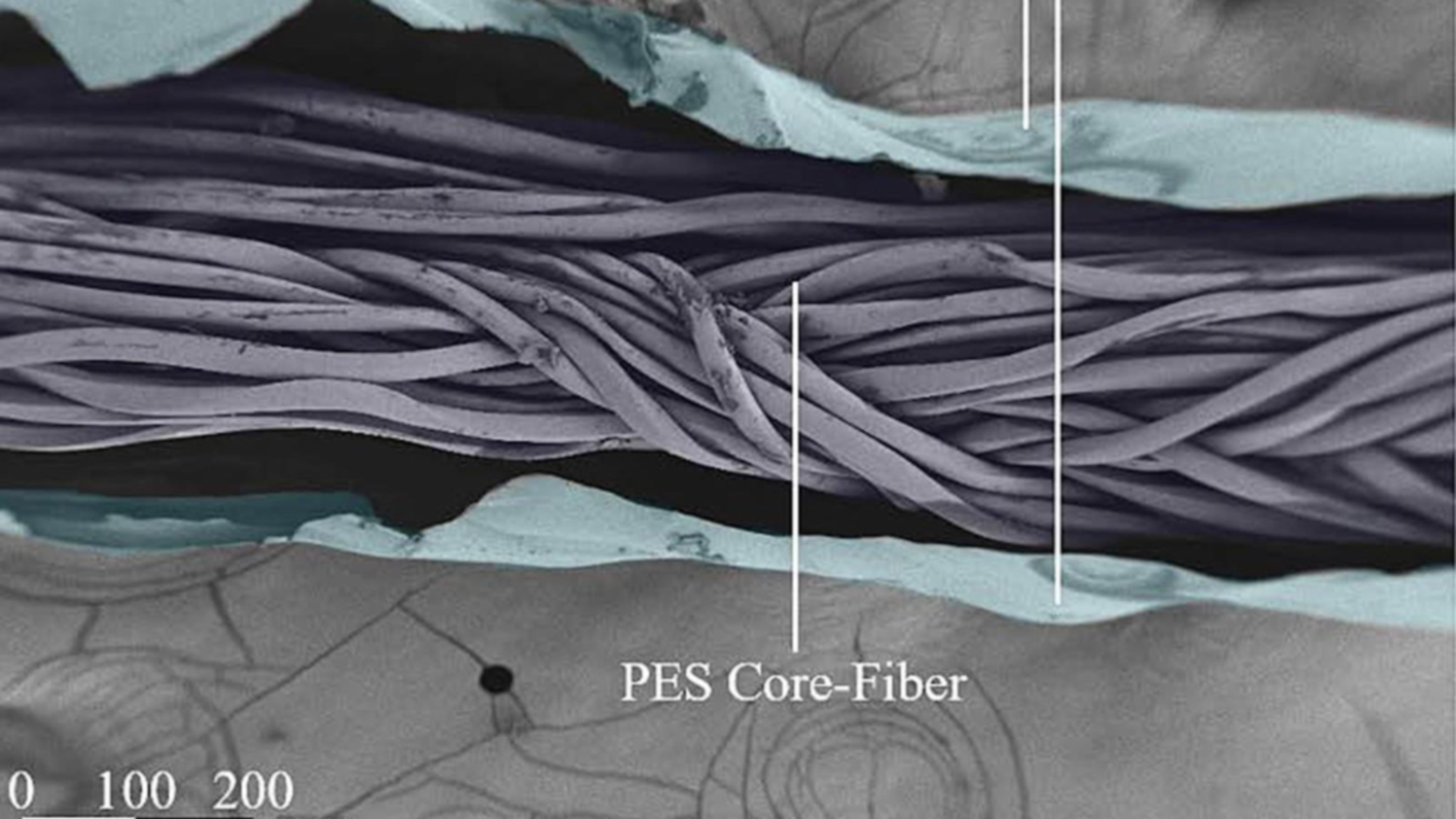

Researchers at Drexel University are experimenting with imbuing concrete with living organisms to extend the building material’s lifespan. And although the new approach is based on cutting-edge technology, the underlying engineering strategy originates within the human body.
Concrete is second only to water as the most consumed material on Earth—a particularly problematic statistic, given the enormous carbon emissions of its manufacturing process. A number of promising, green updates to the millennia-old structural material are already in the works, but another avenue to reduce concrete’s environmental impact is to extend its longevity. Depending on the surrounding environment, concrete can begin to weaken and break down barely 50 years after setting. Delaying this degradation using innate real-time repair mechanisms could offer a solid way to get more out of the material.
[Related: Dirty diapers could be recycled into cheap, sturdy concrete.]
As detailed in a new paper recently published in Construction and Building Materials, a team of engineering researchers at Drexel University have developed a new polymer “BioFiber” coated in bacteria-infused hydrogel, all within a damage-responsive casing half a millimeter thick. The BioFiber is then arranged in layers of grid patterns as concrete is poured, serving as a reinforcing additive much in the way builders have used straw or horsehair to strengthen bricks for millennia. Of course, these reinforcements can only do so much—but when the team’s BioFibers begin to falter is when they really shine.
“In our skin, our tissue [repairs] naturally through multilayer fibrous structure infused with our self-healing fluid—blood,” Amir Farnam, an associate professor in Drexel’s College of Engineering and research co-lead, said in a December 8 university profile. “These BioFibers mimic this concept and use stone-making bacteria to create damage-responsive, living, self-healing concrete.”
Inside each BioFiber is a cache of Lysinibacillus sphaericus in their dormant, endospore form. Generally found in soil, the bacteria undergoes a process known as microbial induced calcium carbonate precipitation—basically, it generates a rock-like substance as it consumes its nutrients.
This could be particularly handy if the bacteria could be found near, say, a newly formed crack within a certain, popular building material. After the team’s BioFibers break under stress, water from the outside environment eventually finds its way into the concrete, where it comes into contact with the endoscopic bacteria. This then activates Lysinibacillus sphaericus, which begins to push out and up towards the surface—all while beginning its microbial-induced calcium carbonate precipitation. That calcium carbonate then fills the cracks in question, where it hardens into ostensibly a cement scab, much when dried blood covers and protects a cut. In recent tests, the concrete “healed” itself within two days.
Although researchers still need to better understand and control the BioFiber-imbued material’s repair time, self-healing materials may one day help reduce the need for additional, climate-costly concrete.
